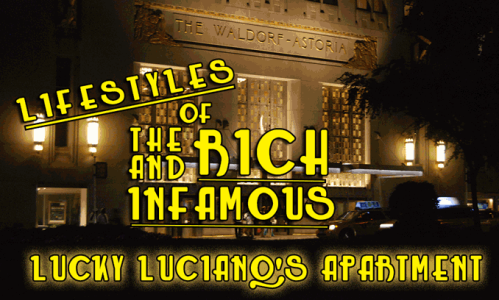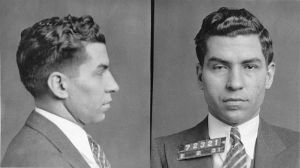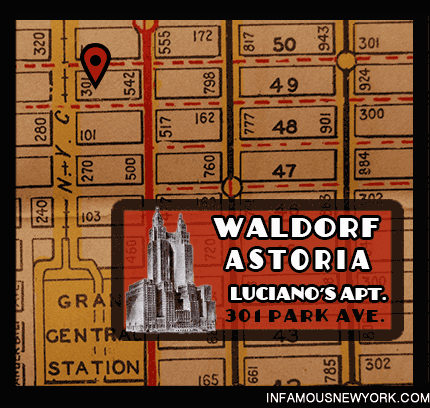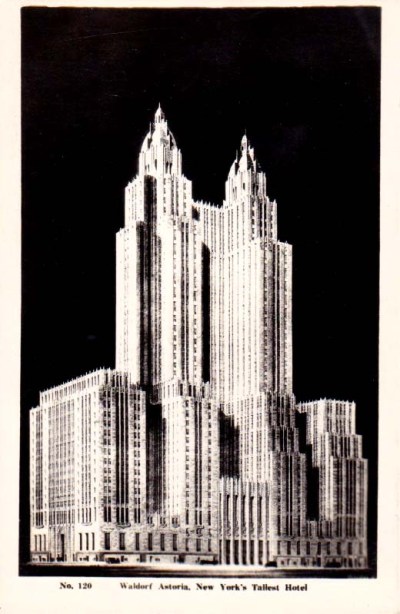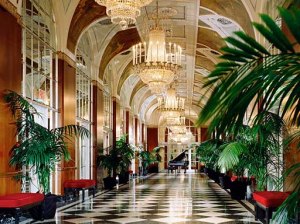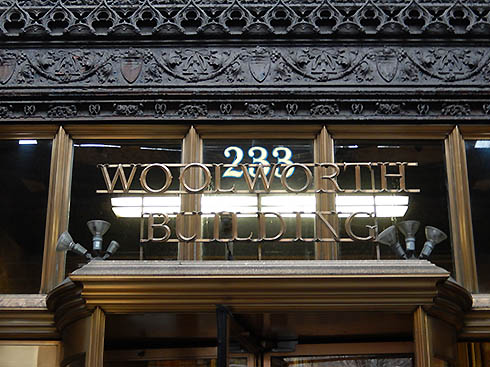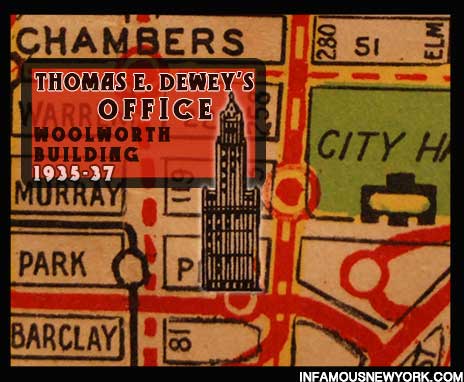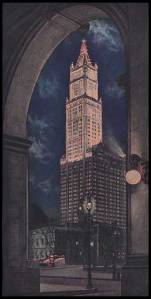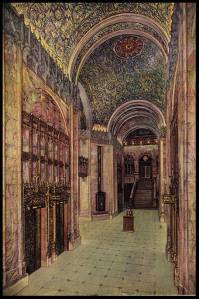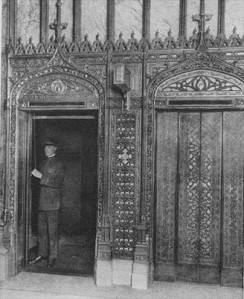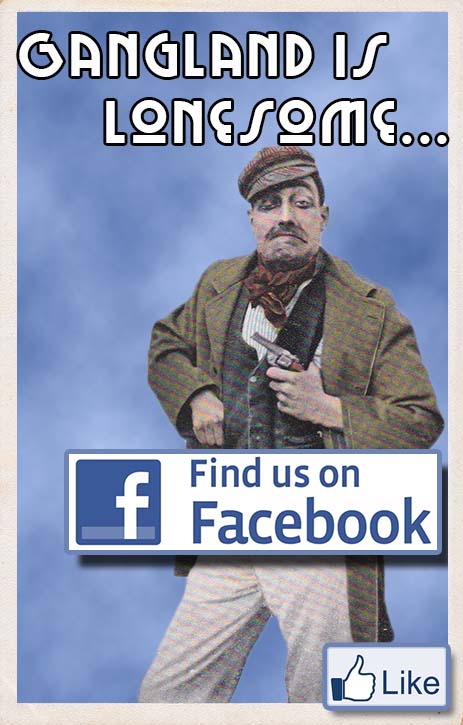
Status: Park
New York City can claim many firsts. The first elevator was constructed in New York in 1857. The first roller coaster ran in Coney Island in 1884 and the first hooker walked the banks of the East River. Clearly the world’s oldest profession wasn’t born in New York City, but according to many scholars the term “hooker” was a New York original, but why? To answer that question, we’ll have to travel back to the 1820s and a little hump of land on the East River called Corlear’s Hook; the birthplace of the hooker.

Corlears Hook today.
Nowadays, Corlear’s Hook does not get much press. Named for the hump of land that protrudes into the East River, Corlears hook is no longer a neighborhood and only a small park designates its existence at all. However in the 1820s, The Hook, as it was known to sailors the world over, was a wild place indeed.

Dance halls often served as brothels in Corlear’s Hook.
According to Edwin G. Burrows & Mike Wallace’s Gotham:
“At Corlear’s Hook, Adjacent to the shipyards, coal dumps, and ironworks, droves of streetwalkers brazenly solicited industrial workers, sailors, and Brooklyn ferry commuters. So notorious was the Hook’s reputation as a site for prostitution that the local sex workers were nicknamed “Hookers,” generating a new moniker for the entire trade.”–Gotham
Barry Popik, an etymologist, traced the derivation of hooker on his Big Apple blog, noting a “mostly New York origin.” He writes,
“Irving Lewis Allen’s City in Slang( (1993), pages 184-186, nicely describes the term:The earliest written record of hooker is in 1845. (…) The simple idea of “hooking” as coarse sexual persuasion is probably the root sense of the word. (…)The adoption and use of hooker in New York may have been reinforced by the place name of Corlears Hook, a famous slum and red-light district once on the East Side waterfront. The area was locally known as The Hook. John Russell Bartlett in the 1859 edition of his Dictionary of Americanisms attributed, without proof, the origin of the word to Corlears Hook: “Hooker. A resident of the Hook, i.e., a strumpet, a sailor’s trull. So called from the number of houses of ill-fame frequented by sailors at the Hook (i.e., Corlear’s Hook) in the city of New York.”

The Short Tail Gang (Corlears Hook) under pier at foot of Jackson Street, now Corlears Hook Park. (Image via the Museum of The City of New York)
Hooking at Corlear’s Hook
Life in general in the Fourth Ward was a desperate affair. River pirates infested the shores of the East River. Murder and shanghaiing was commonplace and the poverty inescapable. In these desperate conditions, women turned to prostitution often as a second or third job in addition to their legal occupations.
According to Timothy J. Gilfoyle’s City of Eros:
“By 1839, eighty-seven brothels were situated in the Hook. Many prostitutes had other occupations. A report published by the New York Female Moral Reform Society in 1839 listed fur sewers, book folders, umbrella sewers, tailoresses, and milliners as the highest percentages with dual occupations. -City of Eros
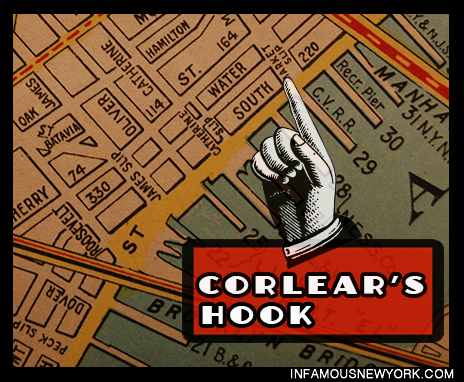
Prostitution in the Hook centered on Walnut, now Jackson, street and the infamous resorts of Water Street. The entire Fourth Ward, The Hook’s official political zone, represented the first commercialized sex district in New York. Streetwalkers strutted the docks and ferry terminals. Parlor girls worked out of tenements converted into brothels. However by the 1850s, many of the prostitutes moved to the Five Points in search of better pay at a new red light district.
Jack the Ripper Visits the Hook
By the 1890s only the most destitute girls walked the streets of Corlears Hook. The shipbuilding industry moved uptown and the NYPD harbor patrol brought the river pirates to justice, leaving Corlear’s Hook a desolate and dangerous area. A perfect stalking ground for a serial killer to ply their trade.
On April 24, 1891 Jack the Ripper supposedly made his New York debut, disemboweling and strangling Carrie Brown, a sex worker known as Old Shakespeare for her habit of quoting the bard during drinking games. The crime remains unsolved.
Converted into Parkland
In the 1890s, social reformers Jacob Riis chronicled the living conditions of the poor with a new tool, the camera. Riis focused his early work on the Hook and the Five Points. With his photographs Riis, convinced City Hall to begin demolishing the slums to build model housing and parks. Corlears Hook park was one of his first successful projects and one of the municipal parks constructed to ease the conditions of the poor.

Corlears Hook Park 1903. (Image via the Museum of the City of New York)

